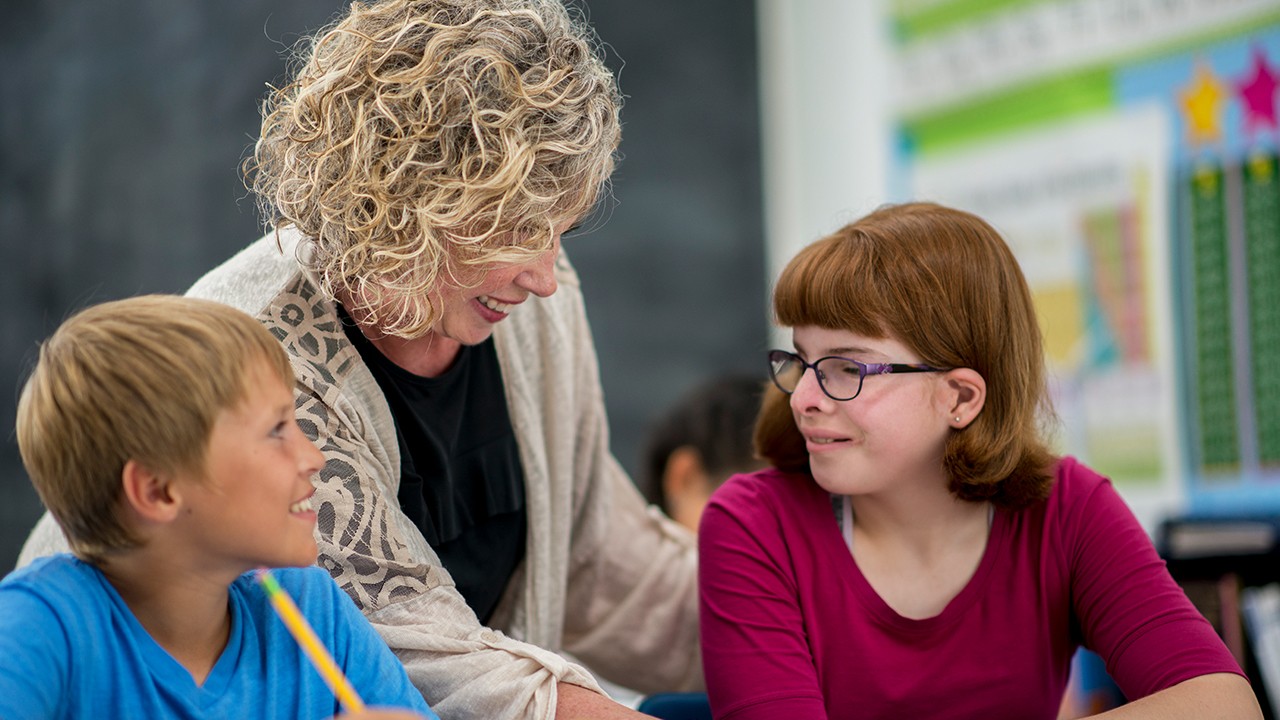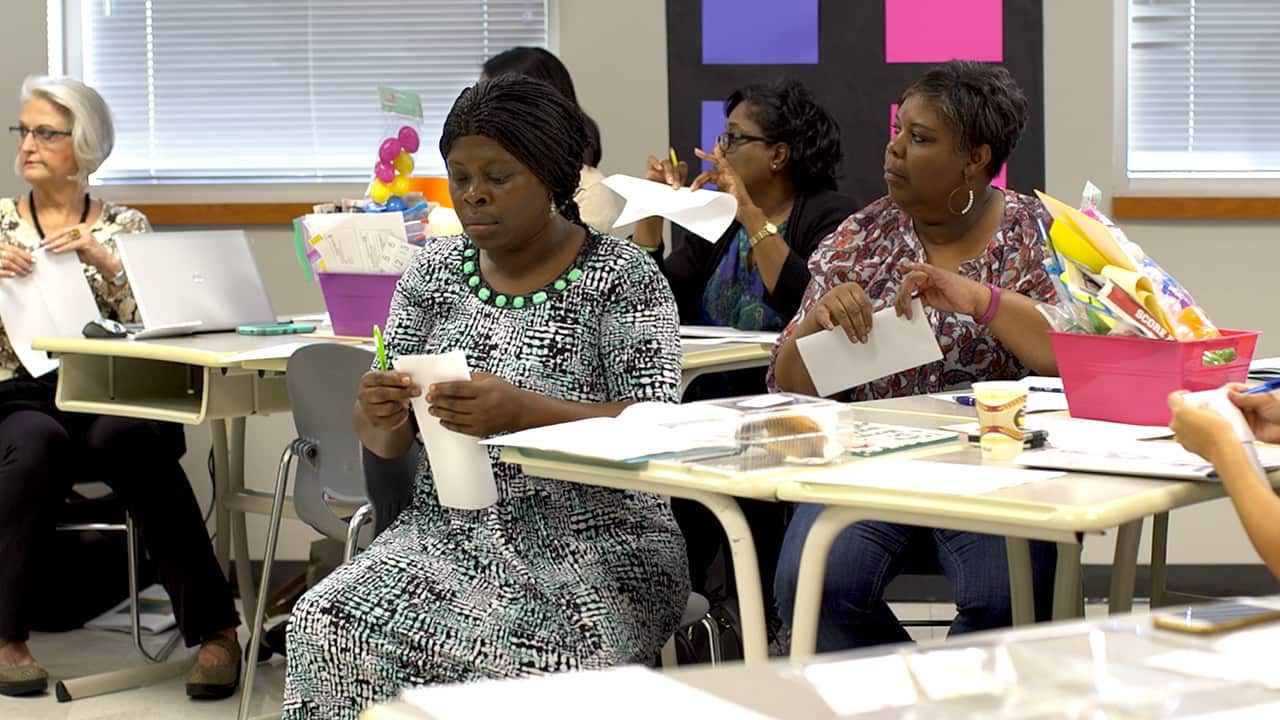Creating a special education classroom with a welcoming atmosphere is the first step toward student success. It’s important to take time to accommodate and address the unique strengths and needs of the individuals you teach. Portraying an inviting feeling is more than the physical appearance of your classroom. It’s about your ability to gain each student’s trust and assure them that they are valued for who they are. With these five tips, you’re sure to create a classroom where students can learn, laugh and create positive relationships that will last a lifetime.
1. Consistency Is Key
With only so many hours in a school day, establishing a consistent routine for students with unique learning needs is extremely beneficial. Following a daily schedule helps students know what to expect from you and what your expectations are. The routine will build trust and independence between you and your students. Creating class traditions, such as designating Fridays for an n2y recipe, not only builds consistency but generates excitement for learning.
2. Reward Your Students for Their Success
Students with unique learning needs become easily frustrated when they feel like they are asked to perform tasks beyond their present levels of learning. That’s why n2y has created three differentiated levels within lessons. We want students to see positive results through understanding and achievement that keep them successful and motivated in the classroom. As a teacher, it is beneficial to provide immediate feedback and reinforcement for effort in order to show students they are recognized for their hard work. A student’s desire to learn starts with meeting them where they are and showing them how far they can go.
3. Make Learning Fun
Students may have difficulty engaging or focusing on their educational lessons for many reasons. One way to facilitate engagement and encourage participation in learning is to make educational content fun. Take the idea of work out of their learning environment and replace it with fun by utilizing n2y’s learning solutions. The Board Wizard within SymbolStix PRIME® can be used to create engaging visuals and communication boards. Activities from News‑2‑You®, such as Sudoku and puzzle pages, engage and reinforce concepts students have learned in a fun, compelling new way. Fun and education go hand in hand and using the right resources will help students stay engaged in the classroom.
4. Stay Organized While Encouraging Independence
Maintaining an organized classroom for students with disabilities is critical to success. However, it’s beneficial to find a balance between structured and unstructured activities. Some examples of visual supports that provide organization in the classroom are room labels, checklists and visual schedules. One idea for encouraging independence within an organized environment is allowing unstructured time guided by individual choices. Facilitate student choices during free learning time to guide play, skills practice or new learning. Maintaining the balance between structured learning and unstructured learning time will help your students stay on track while teaching them the importance of choice-making.
5. Communicate with Parents and Guardians
Building relationships with parents and guardians is important for optimal success. Solid relationships begin with communicating in ways that build trust and reassurance. From the first communication, express to parents that their contributions are valued. Further, communicate in methods that make it easy for reciprocal exchanges. Ask parents and guardians how they prefer to receive communication and establish routine, dated, respectful and informative exchanges. Let parents know that you need their support, as much as they need yours.
A little bit of guidance and the right attitude is a great start in establishing a welcoming environment for learning. As a teacher, you should feel confident in providing your students with a top-notch learning experience. After utilizing these five tips, you’ll be one step closer to providing students with an environment that sets the stage for success and a place to grow and learn.


